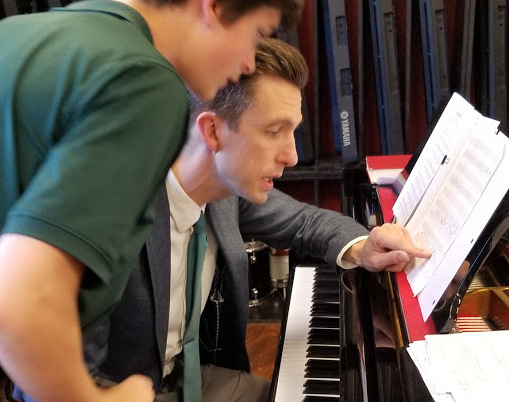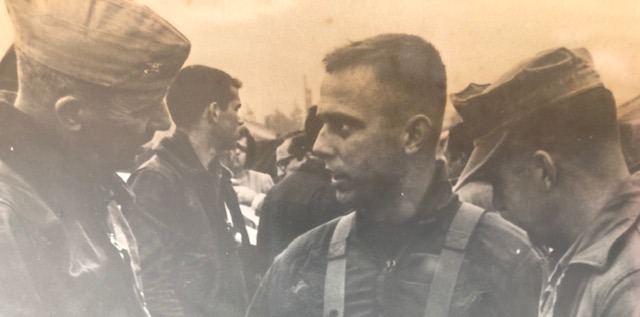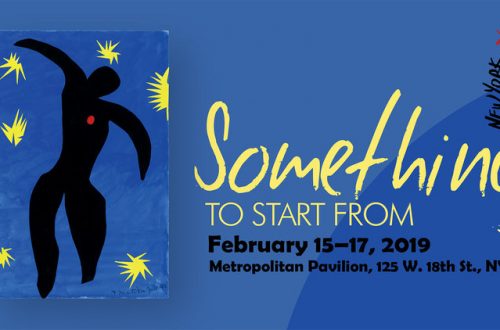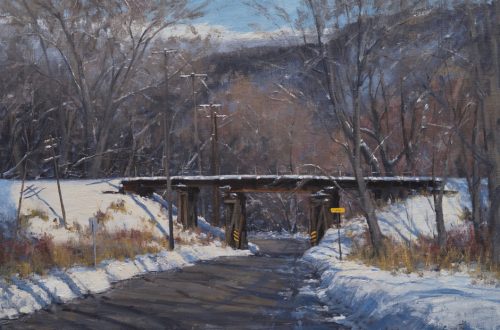by Timothy Dusenbury
“Her voice…rang out in tears and the women wailed in answer, grief for Patroclus calling forth each woman’s private sorrows.”
Homer’s Iliad, Book XIX
When his father died in 2018, my Uncle David came to me and asked me for a musical piece. “I want a big piece,” he said. “Choir and orchestra—Requiem for a Warrior. And not just for my dad, but for all warriors.” His dad was a Princeton man who had fought in three wars as a Marine. My uncle himself had earned his MBA following Navy flight school, studying over the weekends with opera playing in the background. After his career in Marine aviation, he studied Japanese and served as an attaché in Tokyo.
Initially, I was hesitant.
But then one afternoon this past February a melody came to mind. It was from a piano quartet I’d written in 2012, in memory of a Marine-turned-monk, Br. John Mathis. I had also revised it in 2016 in memory of my former student, Daniel DelBianco, USN. I wrote to my uncle and asked if I could use this music I’d already written for other warriors. He said yes.
So, I met with a conductor, Jeffry Newberger, to talk forces and time and budget. The numbers we came up with seemed steep, and when I relayed them to Uncle David, I expected that my efforts would end there. But he didn’t flinch. “I’m in,” he said, and so was I—in the requiem business.
In composing, I have developed two rules. First, I try and compose at the same time every day; generally this means early mornings. The second rule is that I follow the path of least resistance. I work on a passage until I am stuck, then I work on something else. I write scatter-shot, periodically pasting things together. It’s a lot like writing a term paper. You sit down and survey what you’ve got. Then you play that over, and drum up some more, or polish what you’ve got. Periodically you realize that everything you’ve done so far is a waste, or that it all fits impossibly together. Hopefully there’s coffee. But whether there’s coffee or not, producing eight or twelve bars a day always adds up.
Requiems are big pieces, often ten movements or more, running half an hour at least, with a strict liturgical pattern of words and music based on tradition. With just over three months to write part-time, I knew I couldn’t do something to scale. Instead, I chose three movements, which at least retained the basic shape of the form.
The requiem I wrote begins with a plea, “Requiem aeternam” [Eternal rest grant unto them]. This was the obvious first movement, and I based this on the music I had written for Danny and Br. John. After its opening, the tone darkens. A sense of dread pervades movements such as the Dies Irae or the Domine Jesu Christe, centered on images of darkness, oblivion, and torment. Unlike the opening, the prayer is no longer for rest and light, but for bare deliverance “de morte aeternum” [from the eternal death].
For the darkened middle I chose the gradual, Psalm 130. De profundis clamavi ad te, Domine. [Out of the depths I have cried to you, O Lord.] This is the obvious place for fast, loud, and dissonant; it is also the place for distant and eerie. Finally, the requiem returns to the person of Christ, recovering its initial hope for peace and light. Here I chose the In Paradisum, a plainchant hymn used at the final blessing. Using this melody I was borrowing both from plainsong and from the French composer, Maurice Duruflé, who closes his Requiem (1947) with this melody.
Rehearsals began a week before the final score was due. I was the ad hoc choral director, working with partial iterations of a fifty-person choir. Rehearsing is in many ways the opposite of composing. It’s social and clock-driven and almost wholly concerned with details. When you are composing, you keep stepping back to try and look at the whole. What comes next? How’s the arc? Conducting, you take the whole for granted so that you can catch bad vowels or a timid entrance at measure 97. Composers work so that they can listen. Conductors listen so they can step in and work.
My first composition teacher also once told me composers write so that they can hear the sounds they want. I remember thinking that this was reductive. But hearing the full choir and orchestra open up at measure 50 where they sing et lux perpetua!, I felt the truth of what my teacher had said. It was, quite simply, good to hear the sound.
Listen to the entire requiem here then watch the short film below to learn more about Tim’s project. You will see how Tim’s uncle reacted to the requiem he commissioned and even took part in singing himself.

Timothy Dusenbury lives in northern Virginia with his wife and two young sons. When not writing requiems, he teaches high school, plays organ, and attempts woodworking projects. More of his music is at timothydusenbury.bandcamp.com.
Header Image: Col. Lou Rann, USMC, used with permission from the author






One Comment
Julie Walters
With tears of gratitude I thank you.
Julie